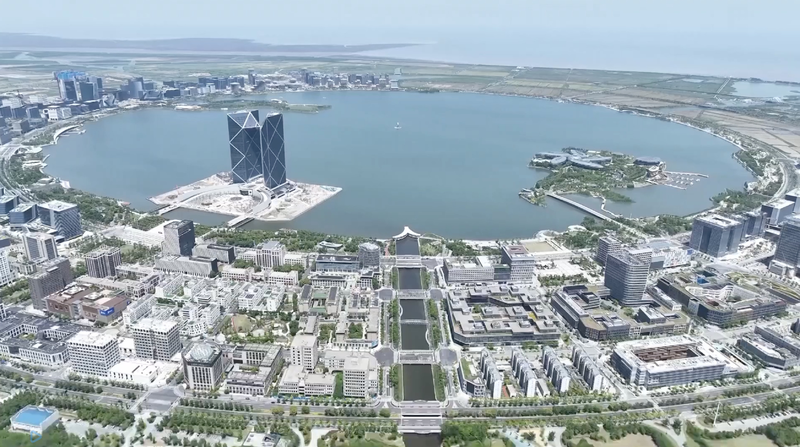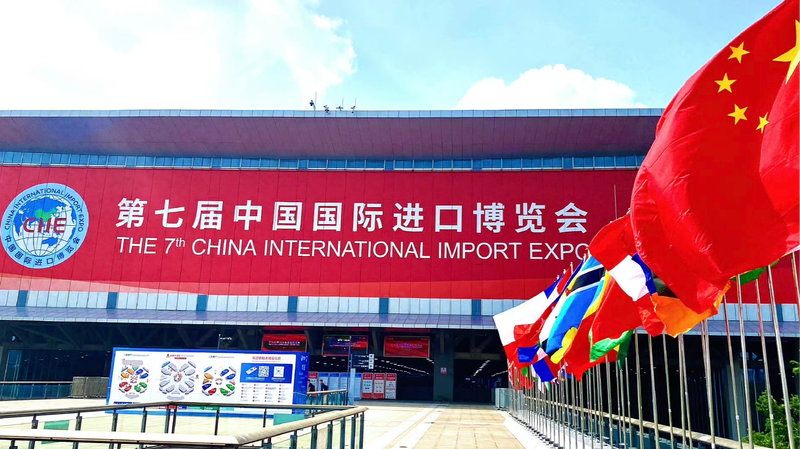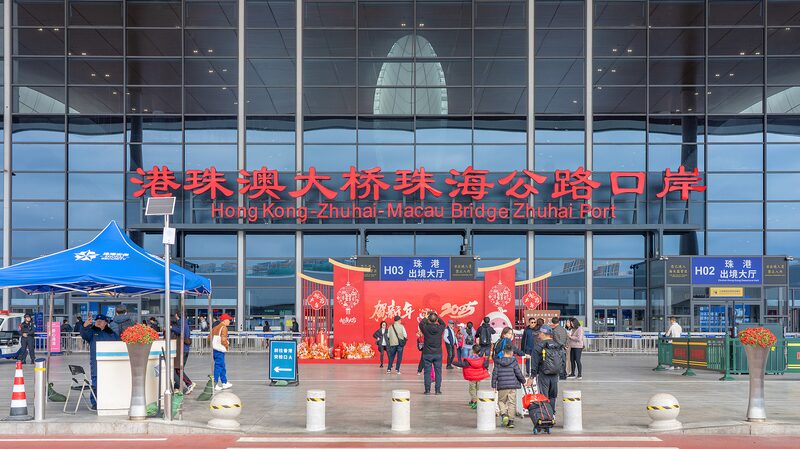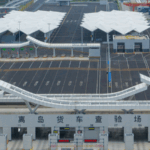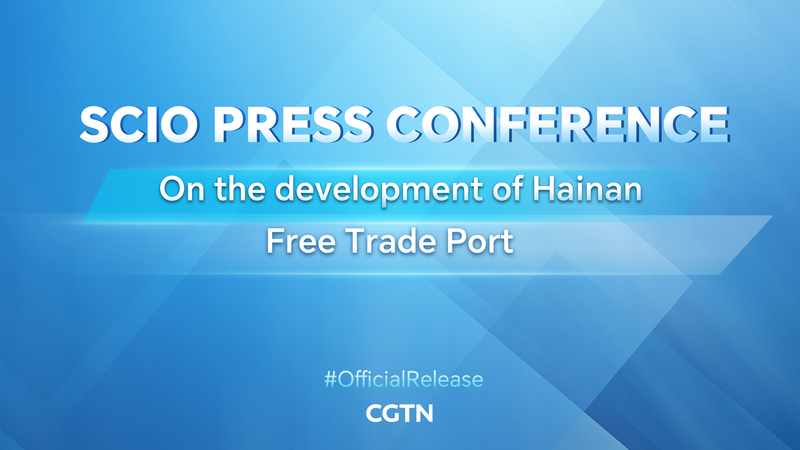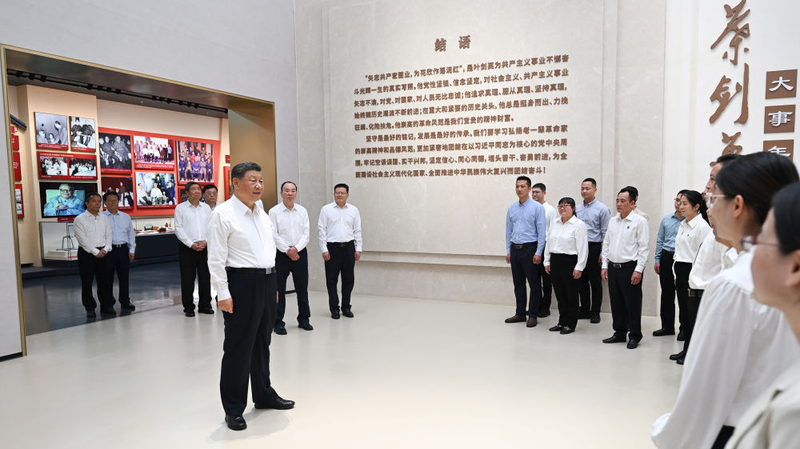Twelve years after Shanghai pioneered China's first Free Trade Zone (FTZ) in 2013, these experimental economic hubs have become powerhouses driving national growth. Despite occupying less than 0.4% of the country's land area, the 22 operational FTZs now account for 20% of China's foreign investment and trade volume, according to 2025 data.
Originally conceived as laboratories for financial innovation and trade liberalization, FTZs have evolved into critical nodes connecting global markets. Recent reforms introduced this year include streamlined customs procedures and expanded digital currency trials, particularly in Guangdong's Greater Bay Area FTZ cluster.
For international businesses, these zones offer unprecedented access to China's consumer markets while maintaining separate regulatory frameworks. A European automotive parts manufacturer recently established operations in Tianjin's FTZ, citing "predictable regulations and seamless logistics integration" as key factors.
The State Council announced plans last month to implement successful FTZ policies nationwide, particularly those enhancing cross-border data flows and intellectual property protection. As China continues refining its open-market strategies, these compact economic engines demonstrate how targeted reforms can yield disproportionate national benefits.
Reference(s):
cgtn.com
